I’m from Norway, but I live in Bangkok, Thailand. Before I started VHDLwhiz, I worked as an FPGA engineer in the defense industry. I earned my master’s degree in informatics at the University of Oslo.
Similar Posts
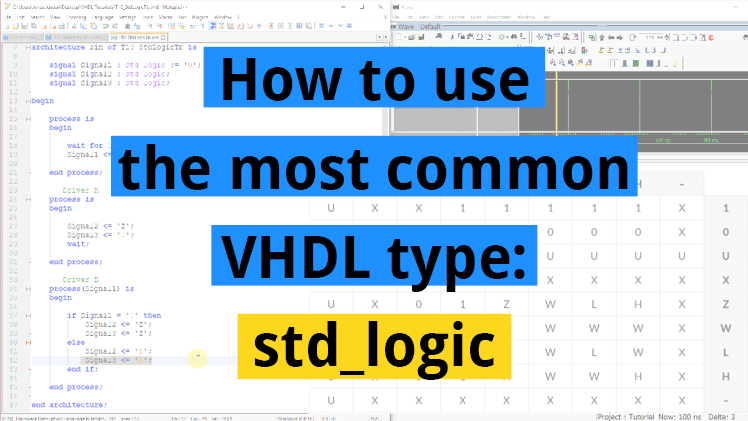
How to use the most common VHDL type: std_logic
The most common type used in VHDL is the std_logic. Think of this type as a single bit, the digital information carried by a single physical wire. The std_logic gives us a more fine-grained control over the resources in our design than the integer type, which we have been using in the previous tutorials. Normally,…
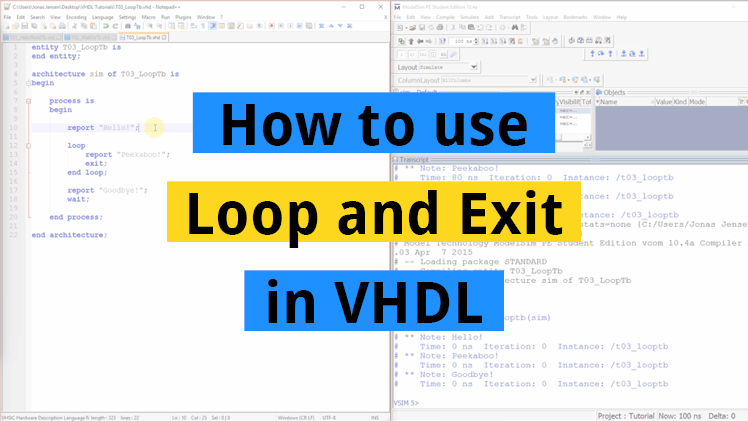
How to use Loop and Exit in VHDL
In the previous tutorial we learned how to delay time using the wait for statement. We also learned about the process loop. We now know that if we let it, the process “thread” will loop within the process forever. But what if we want to do something just once at the beginning of the process?…
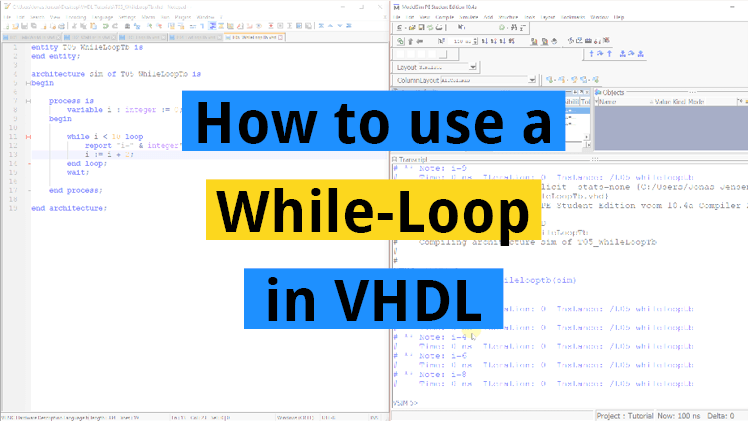
How to use a While loop in VHDL
In the previous tutorial, we learned how to use a For-Loop to iterate over an integer range. But what if we want a more detailed control of the loop than just a fixed integer range? We can use a While-Loop for this. The While-Loop will continue to iterate over the enclosed code as long as…
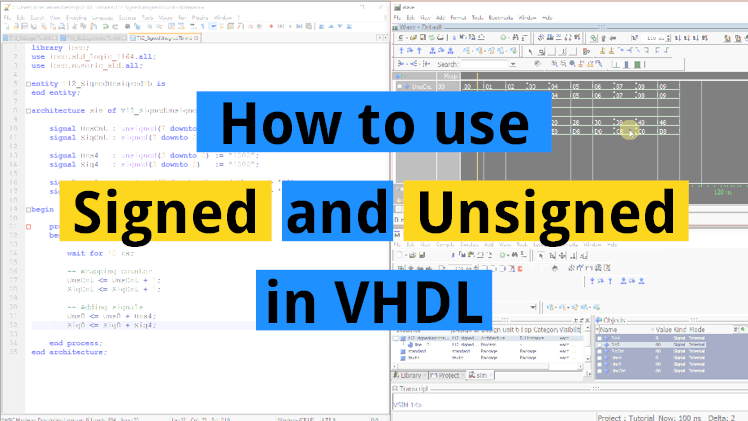
How to use Signed and Unsigned in VHDL
The signed and unsigned types in VHDL are bit vectors, just like the std_logic_vector type. The difference is that while the std_logic_vector is great for implementing data buses, it’s useless for performing arithmetic operations. If you try to add any number to a std_logic_vector type, ModelSim will produce the compilation error: No feasible entries for…
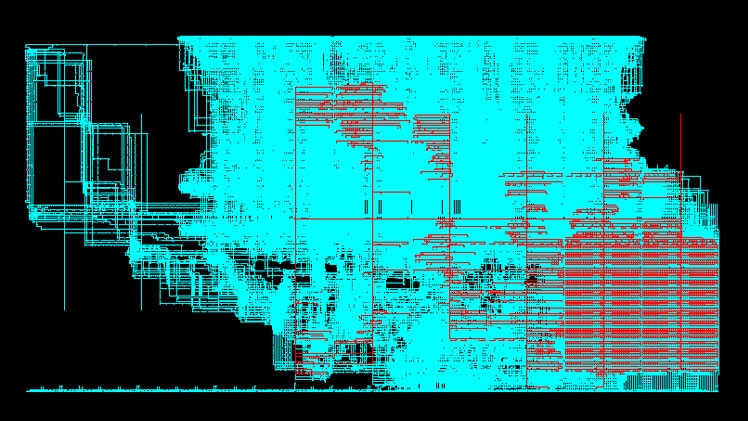
Why you always need a testbench
As most hardware engineers, I started off my computer science career by learning a sequential programming language. The first language I learned at the University of Oslo was Java. While it’s not considered to be the most exciting language today, at the time, Java was at the pinnacle of its popularity. The engineers who built…
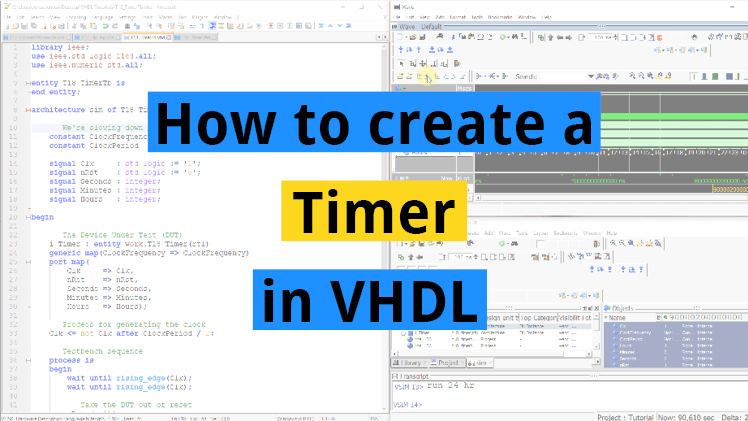
How to create a timer in VHDL
In earlier tutorials we have used the wait for statement to delay time in simulation. But what about production modules? The wait for statement cannot be used for that. That only works in simulation because we can’t just tell the electrons in a circuit to pause for a given time. So how can we keep…

Though those two codes are logically equivalent, the right one infers a transparent latch, it shouldn’t be used for synthesis.
I don’t think it does, but I’m not 100% sure what the synthesis tools do all the time.
This will infer a latch:
process(InSig) is begin if InSig = '0' then OutSig <= '1'; end if; end process;This shouldn’t create any latches:
process(InSig) is begin OutSig <= '0'; if InSig = '0' then OutSig <= '1'; end if; end process;A link to the question:
https://vhdlwhiz.com/wp-content/uploads/2017/09/quiz_part-2-q6.png
Hi sir, You designed this course very well and advanced. I am happy to recommend this course to my friends.
I’m glad you enjoyed it! And thanks for taking the time to leave a nice comment.